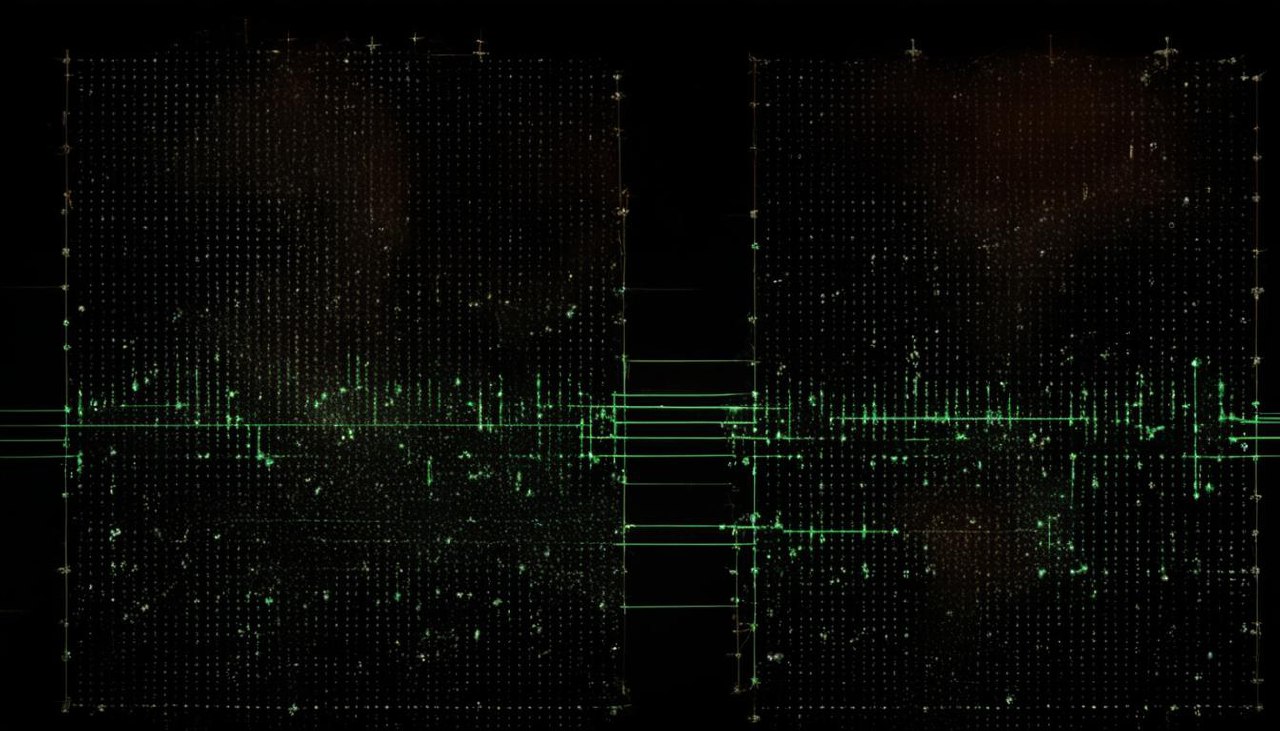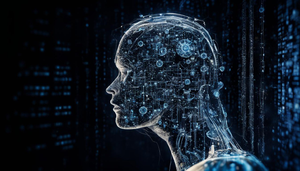Dimensionality Reduction: Autoencoders

Autoencoders are a type of artificial neural network used for learning efficient representations of data by training the network to reconstruct the input data as closely as possible. Dimensionality reduction autoencoders refer to a specific use case of autoencoders where the primary objective is to reduce the dimensionality of data.
Basics of Autoencoders:
- An autoencoder consists of two main parts: an encoder and a decoder.
- The encoder learns to compress the input data into a lower-dimensional representation called the "latent space."
- The decoder then reconstructs the output from this compressed representation.
- During training, the model adjusts its weights to minimize reconstruction error, typically using mean squared error or binary cross-entropy loss functions.
Dimensionality Reduction Using Autoencoders:
- In dimensionality reduction tasks, autoencoders aim to learn a compact representation of high-dimensional input data.
- By enforcing a bottleneck in the network architecture, information compression occurs in the latent space.
Types of Dimensionality Reduction Autoencoders:
Undercomplete Autoencoder:
- An undercomplete autoencoder has a bottleneck layer with fewer neurons than both input and output layers.
- This limitation forces the network to capture only essential features for reconstruction.
Sparse Autoencoder:
- Sparse autoencoders introduce sparsity constraints on activations during training.
- This encourages individual neurons to activate selectively, leading to more meaningful representations.
Denoising Autoencoder:
- Denoising autoencoders are trained to recover clean input from noisy or corrupted samples.
- This process helps in learning robust features and generalizing well on unseen data.
Variational Autoencoder (VAE):
- VAE leverages probabilistic modeling for generating new samples along with encoding-decoding capabilities.
- By modeling latent space distributions, VAE enables sampling diverse outputs beyond mere reconstruction.
Applications of Dimensionality Reduction Autoencoders:
- Image Compression: Learning compact image representations while preserving key visual content.
- Anomaly Detection: Identifying outliers by reconstructing normal patterns with minimal error.
- Feature Extraction: Extracting relevant features from high-dimensional datasets for downstream tasks like classification or clustering.
In summary, dimensionality reduction using autoencoders offers powerful tools for learning efficient representations from complex data while enabling various applications across different domains.
















